| Structure | Name/CAS No. | Articles |
|---|---|---|
 |
Ammonium bifluoride
CAS:1341-49-7 |
|
 |
1-(3-Dimethylaminopropyl)-3-ethylcarbodiimide hydrochloride
CAS:25952-53-8 |
|
 |
Ethanol
CAS:64-17-5 |
|
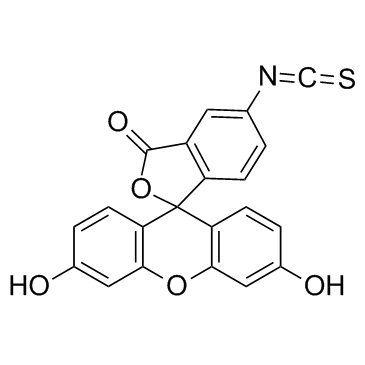 |
Fluorescein isothiocyanate
CAS:3326-32-7 |
|
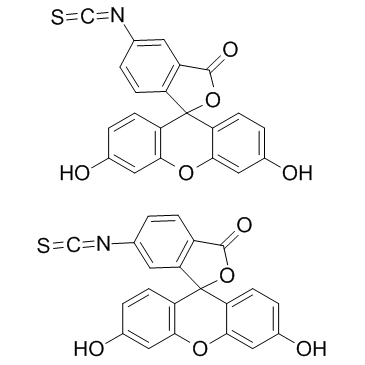 |
fluorescein 5-isothiocyanate
CAS:27072-45-3 |
|
 |
2-Mercaptopropionic acid
CAS:79-42-5 |
|
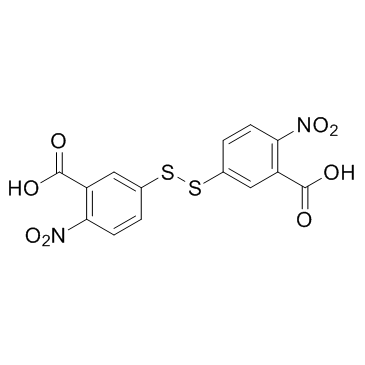 |
DTNB
CAS:69-78-3 |
|
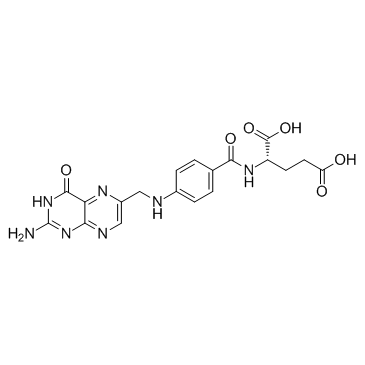 |
Folic Acid
CAS:59-30-3 |
|
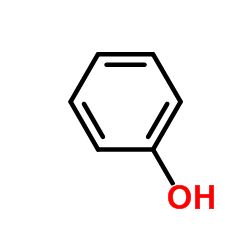 |
Phenol
CAS:108-95-2 |
|
 |
Glycerol
CAS:56-81-5 |